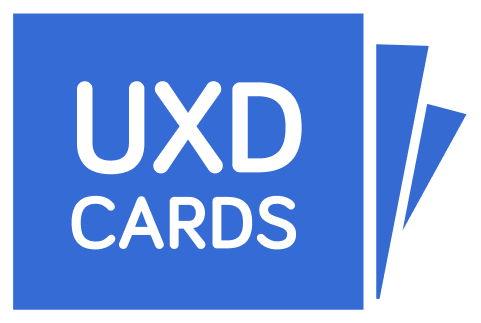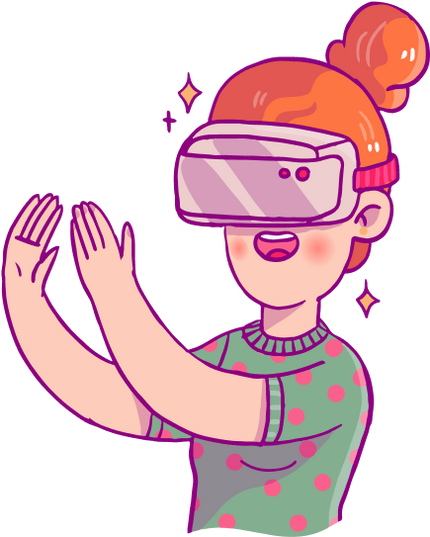Introduction:
Welcome to our beginner's guide to organizing a successful UXD workshop. User Experience Design (UXD) workshops are invaluable for fostering collaboration, creativity, and problem-solving in the design process. In this article, we'll explore essential tips, tools, and techniques to help you plan and execute a successful UXD workshop that delivers meaningful results.
Defining Workshop Objectives
Setting Clear Goals
Before organizing a UXD workshop, it's crucial to define clear objectives and goals. What do you want to achieve? Whether it's brainstorming new ideas, improving usability, or gathering user feedback, clearly outlining your workshop's purpose will guide the planning process and ensure that all activities align with your desired outcomes.
Identifying Participants and Stakeholders
Building the Right Team
Identify the participants and stakeholders who will contribute to the success of your UXD workshop. This may include designers, developers, product managers, stakeholders, and end-users. Consider the perspectives and expertise each participant brings to the table and ensure that the workshop includes a diverse range of voices and viewpoints.
Selecting the Right Tools and Materials
Equipping Yourself for Success
Choose the appropriate tools and materials to support your workshop activities. This may include whiteboards, sticky notes, markers, prototyping software, and UX card decks. Consider the specific needs and preferences of your participants and select tools that facilitate collaboration, creativity, and productivity throughout the workshop.
Planning Engaging Workshop Activities
Keeping Participants Engaged
Design a series of engaging and interactive activities to keep participants actively involved in the workshop. This may include brainstorming sessions, design sprints, user testing exercises, and group discussions. Incorporate hands-on activities that encourage creativity, problem-solving, and collaboration among participants.
Facilitating Effective Communication and Collaboration
Fostering Open Dialogue
As the workshop facilitator, it's essential to create a supportive and inclusive environment where participants feel comfortable sharing their ideas and perspectives. Encourage open dialogue, active listening, and constructive feedback among participants. Use facilitation techniques such as icebreakers, energizers, and group exercises to break the ice and build rapport among participants.
Evaluating Workshop Outcomes and Follow-Up
Measuring Success
After the workshop, evaluate the outcomes and gather feedback from participants to assess the workshop's effectiveness and identify areas for improvement. Did the workshop meet its objectives? What were the key takeaways and insights gained? Follow up with participants to ensure that the workshop outcomes are communicated and acted upon, leading to tangible results and actionable next steps.
Conclusion:
In conclusion, organizing a successful UXD workshop requires careful planning, effective communication, and a focus on collaboration and creativity. By defining clear objectives, identifying the right participants, selecting appropriate tools and materials, planning engaging activities, facilitating effective communication and collaboration, and evaluating workshop outcomes, you can create a productive and impactful workshop experience that drives innovation and improves the user experience of your products and services.





